کتاب An Introduction to Language از منابع دانشگاهی مرتبط با زبان شناسی است.
این نسخه از کتاب “مقدمه ای بر زبان” برای افزایش وضوح، اختصار و به روز بودن محتوا بازنویسی شده است. این کتاب پیشرفت های جدید در زبان شناسی و زمینه های مرتبط را در بر گرفته که جذابیت آن را برای دامنه گسترده تری از مخاطبان افزایش می دهد. اطلاعات موجود در این کتاب به دانشجویان کمک خواهد کرد تا بینش و درک خود را در مورد مسائل و بحث های زبانشناسی افزایش دهند و به اساتید و دانشجویان کمک می کند تا خود را همگام با تحقیقات مهم امروزی به روز نگه دارند. همچنین امید است که این کتاب بتواند برخی از تصورات غلط رایج در مورد زبان و استفاده از زبان را از بین ببرد.
تعداد فصول ویرایش یازدهم از دوازده فصل اصلی نسخه های قبلی به ده فصل کاهش یافته است. فصلهای مربوط به پردازش کامپیوتری زبان انسان و نگارش حذف شده اند و برخی از مطالب مربوط به تاریخ نگارش در فصل 8 (تغییر زبان) گنجانده شده است. این نسخه بهینه شده به استادان و دانشجویان در سیستم های ترمی سه ماهه اجازه می دهد تا از مواد آموزشی به طور کامل استفاده کنند و برای کسانی که در سیستم نیمسال هستند نیز وقت اضافی برای فصول چالش برانگیزتر مانند واج شناسی و نحو را فراهم می کند.
Highlights of This Edition
This edition has been rewritten for improved clarity, conciseness, and currency. It includes new developments in linguistics and related fields that will strengthen its appeal to a wider audience. Much of this information will enable students to gain insight and understanding about linguistic issues and debates appearing in the national media and will help professors and students stay current with important linguistic research. We hope that it may also dispel certain common misconceptions that people have about language and language use. The eleventh edition has been reduced to ten chapters from the original twelve of earlier editions. The chapters on Computer Processing of Human Language and Writing have been eliminated, with some of the material on the history of writing incorporated into Chapter 8 (Language Change). This more streamlined edition will enable teachers and students on a quarter system to more fully utilize the material, and for those on the semester system, it allows extra time for the more challenging chapters such as phonology and syntax.
Exercises (more than 200) continue to be abundant in this edition, and additional research-oriented exercises have been added for those instructors who wish their students to pursue certain topics more deeply. Some exercises continue to be marked as “challenge” questions: they go beyond the scope of what is ordinarily expected in a first course in language study. An answer key is available to instructors to assist them in areas outside of their expertise.
Chapter 1, “What Is Language?” continues as a concise introduction to the general study of language. It contains many “hooks” for engaging students, including “Language and Thought,” which takes up the Sapir-Whorf hypothesis; the universal properties of languages including signed languages of the deaf; a consideration of animal “languages”; and the occasional silliness of self-appointed mavens of “good” grammar who beg us not to carelessly split infinitives and who find sentence ending prepositions an abomination not to be put up with. New to this edition is a section on “Can computers learn human language.”
Chapter 2, “Morphology: The Words of Language,” launches the book into the study of grammar with morphology, the study of word formation, as that is the most familiar and intuitive aspect of grammar to most students. The subject is treated with clarity and an abundance of simple illustrations from non-English languages emphasize the universality of word structure, including the essentials of derivational versus inflectional morphology, free and bound morphemes, and the hierarchical structure of words. The section on compounds words has been expanded to include a detailed discussion of their internal structure.
Chapter 3, “Syntax: The Sentence Patterns of Language,” is the most heavily revised chapter from the previous edition. The first half of the chapter introduces the universal and easily understood notions of constituency, syntactic categories (parts of speech), phrase structure trees and rules, structural ambiguity, and the infinite scope of language. Phrase structure trees are painstakingly built up, level by level, using traditional (pre-X-Bar) notation. The second half of the chapter delves into the internal structure of phrases, including the concepts of heads, complements, and selection. Current X-bar notation is introduced at this point, in a very restricted and clear way, to describe some of the deeper and more subtle syntactic structures of English and other languages. The chapter ends with a basic introduction to grammatical dependencies, including agreement rules and the transformational analysis of questions, carefully explained and illustrated. Formalisms are held to the bare minimum required to enhance clarity. Non-English examples abound in this chapter as in the rest of book, and the weighty elements of theory are lightened by the inclusion of insightful examples and explanations, supplemented as always by quotations, poetry, cartoons, and humor.
Chapter 4, “The Meaning of Language,” on semantics, is finely structured so that the challenging topics of this complex subject can be digested in smaller pieces. The chapter first introduces students to truth-conditional semantics and the principle of compositionality. Following are discussions of what happens when compositionality fails, as with idioms, metaphors, and semantically anomalous sentences. Lexical semantics take up various approaches to word meaning, including the concepts of reference and sense, semantic features, argument structure, and thematic roles. The most heavily revised parts of this chapter are the sections on argument structure, thematic roles, and semantic features, the latter now containing a discussion of how these features affect the syntax. In the final section on pragmatics, we discuss and illustrate in depth the influence of situational versus linguistic context on the communicative content of utterances, the significance of implicature in comprehension, Grice’s Maxims of Conversation, presuppositions, and J. L. Austin’s speech acts.
Chapter 5, “Phonetics: The Sounds of Language,” retains its former organization and continues to embrace IPA (International Phonetics Association) notation for English in keeping with current practices, with the sole exception of using /r/ in place of the technically correct /j/ when illustrating English. We continue to mention alternative notations that students may encounter in other publications.
Chapter 6, “Phonology: The Sound Patterns of Language,” continues to be presented with a greater emphasis on insights through linguistic data accompanied by small amounts of well-explicated formalisms, so that the student can appreciate the need for formal theories without experiencing the burdensome details. In this spirit, we have eliminated the section on Optimality Theory, which we now feel is beyond the scope of an introductory text. The chapter covers central concepts in segmental and prosodic phonology, and contains numerous exercises structured to guide students through the basics of phonological analysis.
Chapter 7, “Language in Society,” retains its forward position in the book from earlier editions reflecting its growing importance as a major sub-field of linguistics. The chapter presents the established facts and principles of sociolinguistics while bringing up to date subjects such as banned languages (it’s still happening); dead and dying languages (also still happening); gender differences; minority dialects such as Hispanic English (“Spanglish”), and African American English. Included in this edition a discussion of Black American Sign Language (BASL), a dialect of American Sign Language (ASL). In addition, included are sections on contact languages such as pidgins, creoles, and lingua francas that may be found in linguistically heterogeneous areas; the use of computers in sociolinguistic analysis; second language teaching; and bilingual education, among others.
Chapter 8, “Language Change: The Syllables of Time,” has been updated with the latest research on language families, language relatedness, and language typology. In addition, in response to reviewers’ requests, a detailed and more complex illustration of the application of the comparative method to two contemporary dialects to reconstruct their ancestor—often called “internal reconstruction”—is now part of this chapter. The thematically related section on the history of writing is also included, moved from its previous location in a separate chapter.
Chapter 9, “Language Acquisition,” has been heavily revised for clarity and conciseness. It covers the basic stages and data from childhood language development including sections on bilingual language acquisition and child second language acquisition, all couched in the more general theoretical question of how children accomplish the complex task of learning a language. In addition, much of what has been learned about adult second language acquisition included in this chapter along with a section on “heritage languages/* the learning of an intrafamily language after immigration to a country where that language is not spoken (e.g., Yiddish by Jews who emigrated from Russia).
Chapter 10, “Language Processing and the Human Brain,” could well have been entitled “psycholinguistics and neurolinguistics” but that may have made the subject seem overly daunting. This chapter combines a straightforward discussion of many of the issues that regard the psychology of language—what the mind does—with the neurology of language what the brain does—during language usage. Dramatic changes in the understanding of the brain’s role in language processing are occurring virtually every day owing to the rapid enhancement of the ability of neurolinguists to measure brain activity to tiny degrees of sensitivity at extremely precise locations. This chapter reports on those techniques and some of the results regarding language and the brain that ensue. As in the tenth edition, language and brain is discussed at the end of the book so that we may report on recent advances in neurolinguistic research of interest to beginning linguistics students, but which require an understanding of the different components of grammar, discussed in earlier chapters. Terms that appear bold in the text are defined in the revised glossary at the end of the book. The glossary has been expanded and improved so that the Eleventh edition provides students with a linguistic lexicon of nearly 700 terms, making the book a worthy reference volume. The order of presentation of Chapters 2 through 6 was once thought to be nontraditional. Our experience, backed by previous editions of the book and the recommendations of colleagues throughout the world, has convinced us that it is easier for the novice to approach the structural aspects of language by first looking at morphology (the structure of the most familiar linguistic unit, the word). This is followed by syntax (the structure of sentences), which is also familiar to many students, as are numerous semantic concepts. We then proceed to the more novel (to students) phonetics and phonology, which students often find daunting. However, the book is written so that individual instructors can present material in the traditional order of phonetics, phonology, morphology, syntax, and semantics (Chapters 5, 6, 2, 3, and 4) without confusion, if they wish.
As in previous editions, the primary concern has been basic ideas rather than detailed expositions. This book assumes no previous knowledge on the part of the reader. An updated list of references at the end of each chapter is included to accommodate any reader who wishes to pursue a subject in more depth. Each chapter concludes with a summary and exercises to enhance the students’ interest in and comprehension of the textual material.

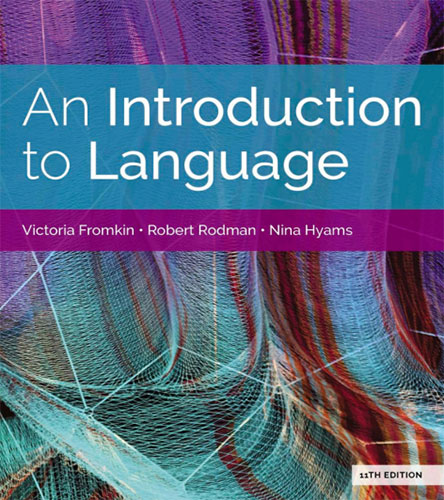
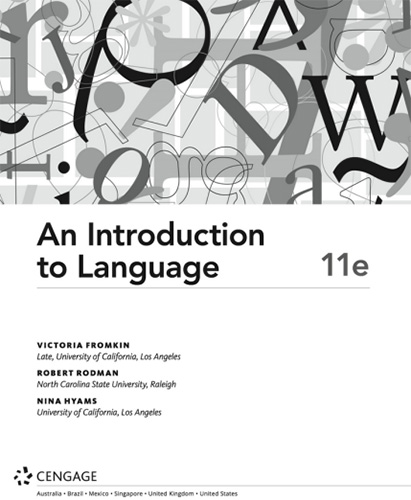
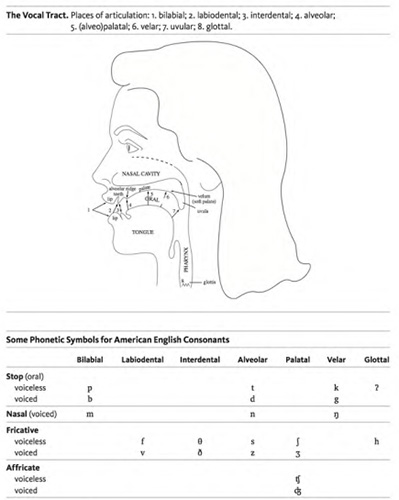
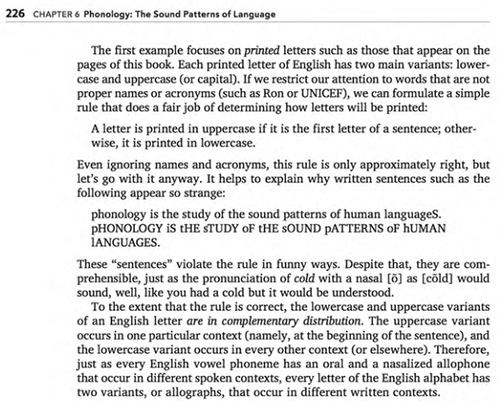
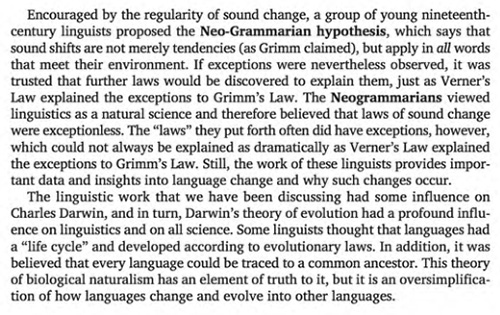
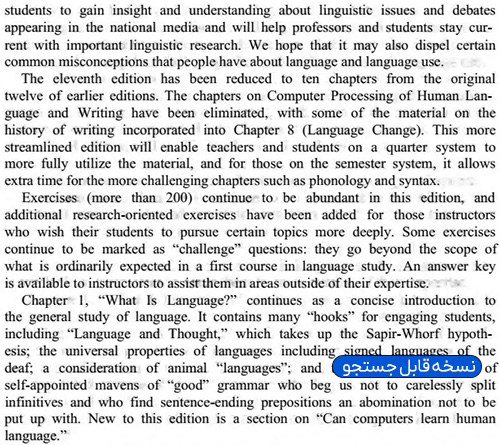
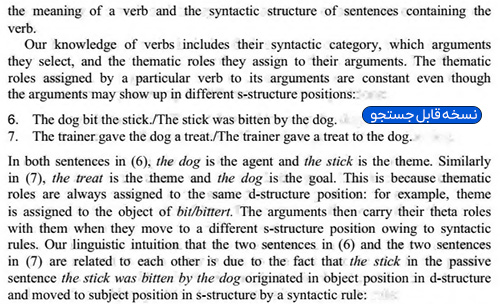
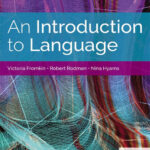
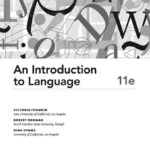
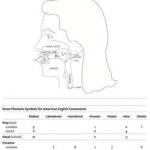
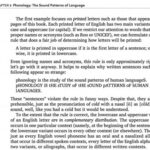
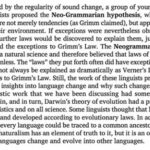
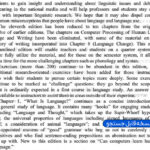
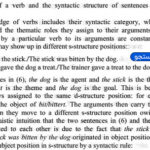





نقد و بررسیها
هیچ دیدگاهی برای این محصول نوشته نشده است.